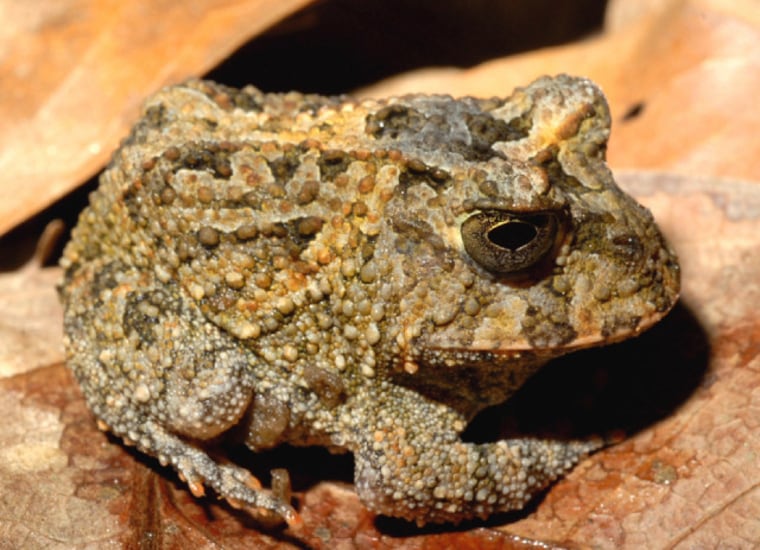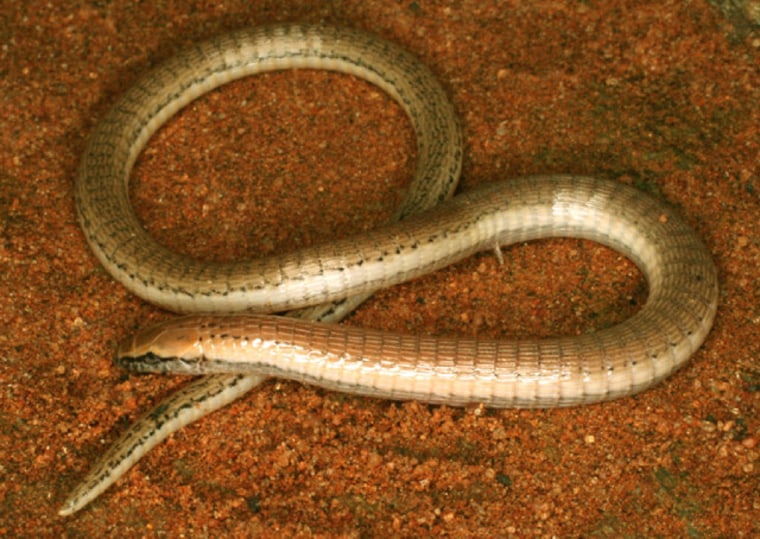Conservationists on Tuesday announced the discovery of 14 species probably new to science — among them a legless lizard and a tiny woodpecker — in a Brazilian high plains region that they said is being converted to farms at twice the rate of the neighboring Amazon forest.
A four-week expedition by U.S.-based Conservation International and several Brazilian universities ventured into Brazil's Cerrado, afterwards describing the species — eight fish, three reptiles, one amphibian, one mammal, and one bird — as poster children for a campaign to save the area.
“Protected areas such as the Ecological Station are home to some of the last remaining healthy ecosystems in a region increasingly threatened by urban growth and mechanized agriculture,” CI biologist and expedition leader Cristiano Nogueira said in a statement announcing the finds.
The species were found in and around the Serra Geral do Tocantins Ecological Station, a protected area of nearly 1.7 million acres within the Cerrado, a grassland-savanna that comprises 21 percent of Brazil.
The lizard, about 6-8 inches long, resembles a snake due to its lack of legs and pointed snout, which help it move across the sandy soil, Conservation International said. Other legless lizards around the world include ones related to geckos in Australia or slow worms in Europe.
Horned toad probably new too
Other suspected new species include a dwarf woodpecker and a horned toad.
Further tests are being made to confirm that the species are new to science.
The ecological station, where researchers study the local ecosystem, was created in 2001 and the conservationists plan to use their findings to support the development of a management plan for the area.
The team also recorded several threatened species — including the hyacinth macaw, marsh deer, three-banded armadillo, the Brazilian merganser and the dwarf tinamou — among more than 440 species of vertebrates documented.

“We need to know our protected areas better, especially the ecological stations whose principal objective is to generate scientific knowledge of Brazilian biodiversity, so little studied and already so severely threatened,” Nogueira said. “Unfortunately, extensive areas of the Cerrado, like the Ecological Station, are becoming increasingly rare, thus making the data collected even more important. Above all, it is necessary to know to conserve.”
Click for additional photos online at Conservation International.
